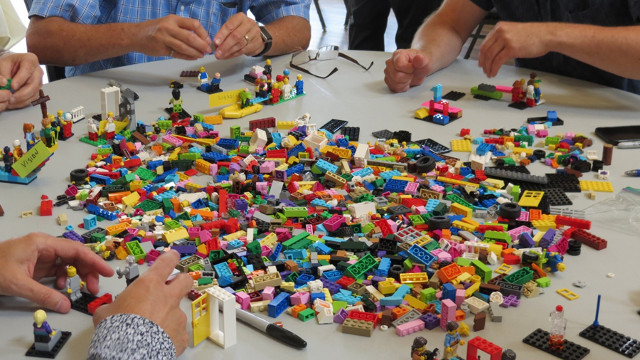Facilitation a preferred method to guide your group through a voyage of development from reflection, analyses, understanding, collaboration and action.
What is a facilitator?
A facilitator is an individual who enables groups and organizations to work more effectively; to collaborate and achieve synergy. They are a ‘content neutral’ party who by not taking sides or expressing or advocating a point of view during the meeting, can advocate for fair, open, and inclusive procedures to accomplish the group’s work. They are the one who contributes structure and process to interactions so groups are able to function effectively and make high-quality decisions. They are a helper and enabler whose goal is to support others as they achieve exceptional performance. A facilitator’s role is to support everyone to do their best thinking. To do this, the facilitator encourages full participation, promotes mutual understanding, and cultivates shared responsibility. By supporting everyone to do their best thinking, a facilitator enables group members to search for inclusive solutions and build sustainable agreements.What is the difference between training and facilitation?
Think of this along a spectrum:

At the far left, the trainer comes to a session with both the Process and Content. They bring content expertise, have particular and specific content they must cover, and may test the participants on their understanding of the content. They also decide how the session will be conducted…the Process.
Facilitators at this end of the spectrum can facilitate a session where they have no content knowledge. Their role becomes strictly one of helping the group manage the information they already possess, or can access, to achieve a necessary result in a timely and collaborative manner.
If understanding and buy-in are needed, so is facilitation.
- Achieve group consensus
- Strategic Reflection and Strategic Planning
- Obtain clarity and alignment between team members or between departments
- Create team cohesion
- Discuss important topics for the team’s success
- Make decisions
- Solve problems
Many methods can be used, such as:
Don’t hesitate to contact us in order to identify which method would be the most appropriate to reach your objectives.









